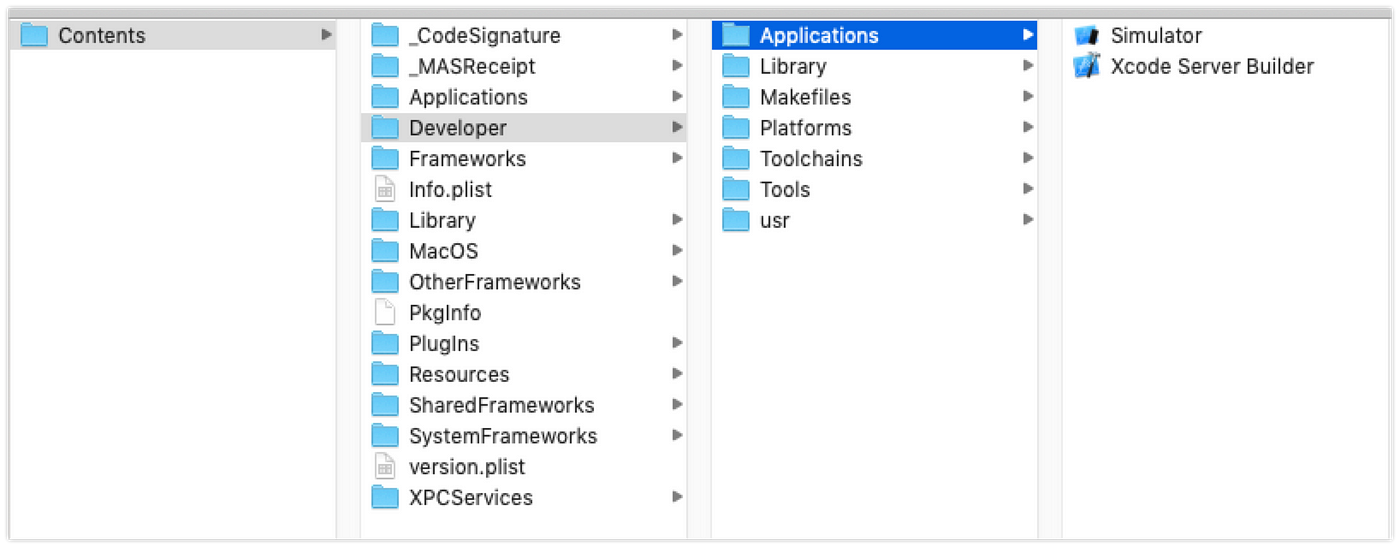
Also you can use Script Editor to save it as a native macos app: select File on the menu, press and hold the ⌥ (Option) key, select Save As and then select File Format: Application. The script above can also be run from the Script Editor.app or from Automator.app (the bit between the single quotes). Print(f'SDK emulator dir: )ĭo shell script "~/Library/Android/sdk/emulator/emulator -avd " & avd & " -no-boot-anim > /dev/null 2>&1 &" #!/usr/bin/env python3Īndroid_emulator_dir: Path = Path(os.environ or os.environ) / 'emulator'Įmulator_dir = android_emulator_dir.absolute()
#Start android emulator mac terminal android
Requires python3 ( at least v3.4) and a valid environment variable ANDROID_HOME or ANDROID_SDK pointing to the Android SDK dir. HelloWorld, and it will work too.Ī launcher script which lists existing AVDs and lets you pick the one you want. As a commenter suggested, you can also replace in the line above with just. For example: adb shell am start -a -n /. Or, as an alternative, you can use the following command: adb shell am start -a -n /.
#Start android emulator mac terminal install
However, you can install the application manually using command adb install. Usually during development you just use the same Ant script you used to build the project, just select install target.

If you can use GUI, just type in android avd and it will launch the manager, where you can do the same. If you have to use command line for creating your AVD, you can call android create avd -n -t where targetID is the API level you need. Notice in the Run Window of Android Studio the command line used to start the device.


I assume that you have built your project and just need to launch it, but you don't have any AVDs created and have to use command line for all the actions. PlayStation 4, Xbox One, PSP, Mac, Windows PC, smartphones, and tablets.


 0 kommentar(er)
0 kommentar(er)
